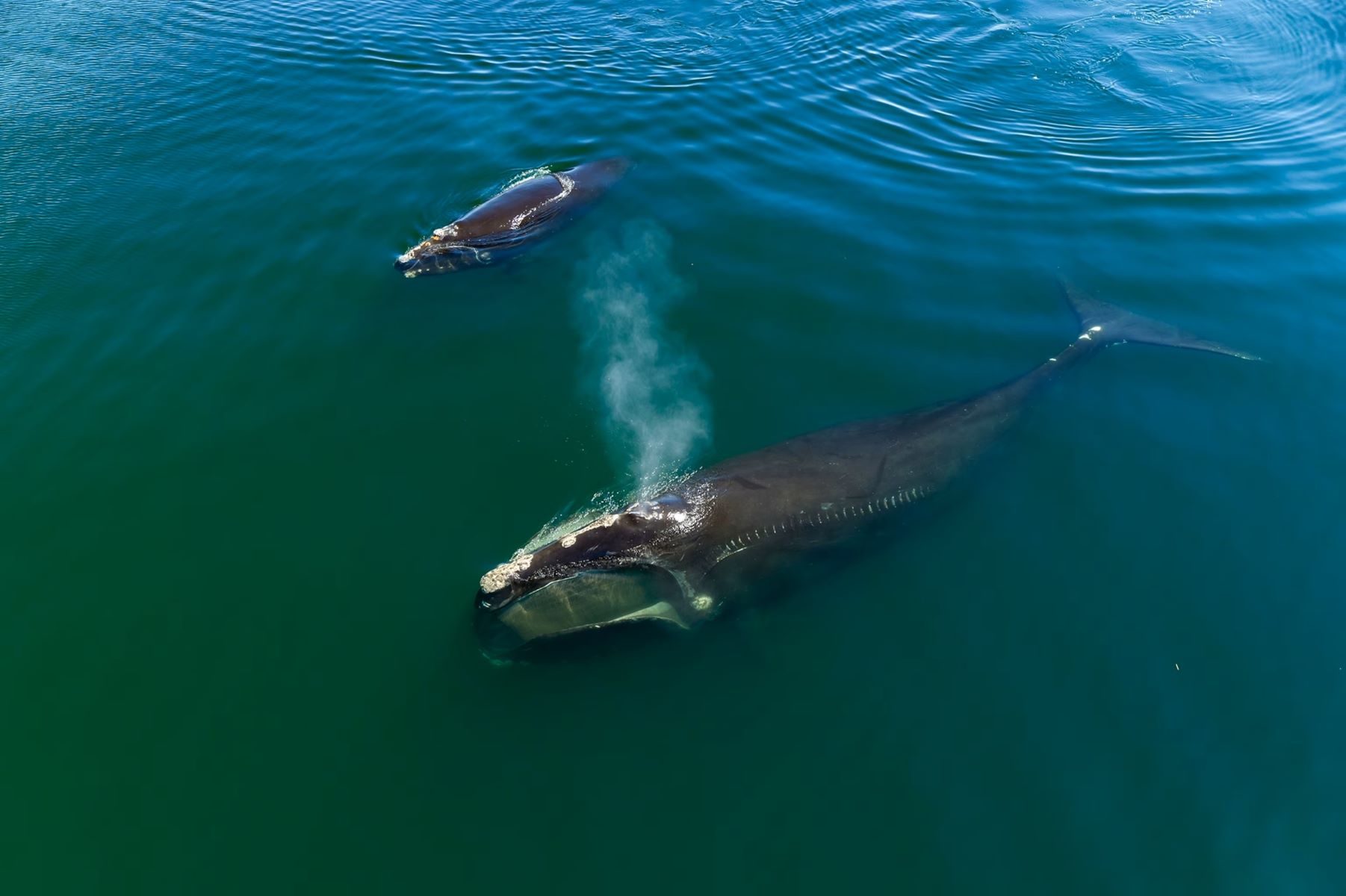Whispers Of The Whales’ Hidden Calving Grounds

Have you ever wondered where whales go to give birth? These majestic creatures travel thousands of miles to reach their hidden calving grounds. These special places offer safety and warmth for newborns. Unlike the open ocean, these areas have fewer predators and calmer waters. This makes it easier for mother whales to care for their young. Understanding these calving grounds helps us protect these gentle giants. By learning more about their secret birthing spots, we can ensure that future generations of whales thrive. Ready to dive into the world of whale calving grounds? Let's explore these mysterious and vital locations.
Whispers of the Whales' Hidden Calving Grounds
Whales, the gentle giants of the ocean, have secret spots where they bring their young into the world. These places are often remote, serene, and teeming with life. Let's uncover some of these hidden calving grounds.
1. Silver Bank, Dominican Republic
Silver Bank, located off the coast of the Dominican Republic, is a sanctuary for humpback whales. Every year, these majestic creatures migrate here to give birth and nurture their calves.
- Calm Waters: The shallow waters provide a safe environment for newborn whales.
- Rich Marine Life: The area is abundant with fish and other sea creatures, offering ample food.
- Protected Area: Strict regulations ensure the safety of the whales and their calves.
2. Hervey Bay, Australia
Hervey Bay, situated on the east coast of Australia, is a favorite spot for humpback whales. The bay's calm and warm waters make it an ideal nursery for whale calves.
- Sheltered Bay: The bay's geography protects it from strong ocean currents.
- Warm Waters: The temperature is perfect for young whales to thrive.
- Whale Watching: Visitors can witness the playful antics of whale calves.
3. Maui, Hawaii
Maui's warm, shallow waters attract humpback whales from the cold Alaskan waters. This Hawaiian island becomes a bustling nursery during the calving season.
- Warm Climate: The tropical climate is perfect for newborn whales.
- Shallow Waters: These waters offer protection from predators.
- Cultural Significance: Whales hold a special place in Hawaiian culture and mythology.
4. Baja California, Mexico
Baja California's lagoons are renowned for being prime calving grounds for gray whales. These lagoons provide a tranquil environment for mothers and their calves.
- Lagoon Safety: The lagoons are free from large predators.
- Rich Ecosystem: The diverse marine life supports the dietary needs of the whales.
- Close Encounters: Tourists can often get up close with these gentle giants.
5. Glacier Bay, Alaska
Glacier Bay, with its icy waters and stunning landscapes, is a unique calving ground for humpback whales. Despite the cold, this area offers a safe haven for whale calves.
- Remote Location: The isolation ensures minimal human interference.
- Nutrient-Rich Waters: The cold waters are teeming with nutrients, supporting a rich food chain.
- Breathtaking Scenery: The backdrop of glaciers adds to the magical experience.
6. Vava'u, Tonga
Vava'u, an island group in Tonga, is a lesser-known but vital calving ground for humpback whales. The clear, warm waters provide a perfect setting for whale calves to grow.
- Crystal Clear Waters: Visibility is excellent, making it easy to spot whales.
- Warm Temperatures: The warm waters are ideal for young whales.
- Cultural Connection: Whales are deeply respected and celebrated in Tongan culture.
7. Patagonia, Argentina
Patagonia's Valdés Peninsula is a crucial calving ground for southern right whales. The peninsula's sheltered bays offer a safe environment for whale calves.
- Sheltered Bays: The geography protects the bays from harsh ocean conditions.
- Rich Biodiversity: The area is home to a variety of marine species.
- Conservation Efforts: Strong conservation measures are in place to protect the whales.
8. South Georgia Island, Southern Ocean
South Georgia Island, located in the remote Southern Ocean, is a hidden gem for whale calving. The island's cold, nutrient-rich waters attract several whale species.
- Remote and Pristine: The isolation ensures a pristine environment.
- Abundant Food Supply: The nutrient-rich waters support a diverse marine ecosystem.
- Stunning Landscapes: The island's rugged beauty adds to the allure.
9. Sri Lanka
Sri Lanka's southern coast is a lesser-known calving ground for blue whales. The warm Indian Ocean waters provide a nurturing environment for the largest animals on Earth.
- Warm Indian Ocean: The warm waters are perfect for blue whale calves.
- Rich Marine Life: The area is teeming with fish and other sea creatures.
- Whale Watching: Visitors can often spot blue whale calves frolicking in the waters.
10. Iceland
Iceland's coastal waters serve as a calving ground for several whale species, including minke and humpback whales. The cold, clear waters offer a safe haven for whale calves.
- Cold, Clear Waters: The clarity of the water makes it easy to spot whales.
- Rich Ecosystem: The nutrient-rich waters support a diverse range of marine life.
- Stunning Scenery: The dramatic landscapes of Iceland add to the experience.
Protecting the Future of Whales
Whales' hidden calving grounds are vital for their survival. These areas provide a safe haven for mothers and calves, away from predators and human disturbances. Protecting these spaces ensures the continuation of whale populations, which play a crucial role in marine ecosystems.
Conservation efforts must focus on reducing ship traffic, limiting noise pollution, and enforcing stricter fishing regulations in these regions. Public awareness and education can also drive support for these initiatives.
By safeguarding these calving grounds, we not only help whales thrive but also maintain the health of our oceans. Everyone can contribute by supporting organizations dedicated to marine conservation and advocating for policies that protect these majestic creatures.
Together, we can ensure that future generations will continue to hear the whispers of the whales.

